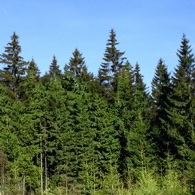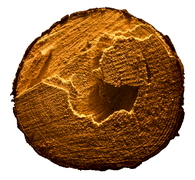|
Consumption and emission data
|
|
The following table shows ENKA‘s consumption and emission levels compared to the levels provided in the current Reference Document on Best Available Techniques in the Production of Polymers (Polymer BREF) for Viscose filament yarns with batch washing. For all parameters, ENKA‘s values are within or even better than the given levels, with the only two exceptions being explained below.
|
ENKA's consumption and emission data (2020) compared to the Polymer BREF document
|
| |
Consumptions per tonne of product
|
| |
Polymer BREF¹
|
ENKA
|
|
| Energy |
GJ
|
70 - 82
|
|
| Water |
t
|
120 - 140
|
|
| Pulp |
t
|
1 - 1,2
|
|
| Carbon Disulphide |
kg
|
90 - 100
|
|
| Hydrogene Sulphate |
t
|
0,9 - 1
|
|
| Sodium Hydroxide |
t
|
0,7 - 1
|
|
| Zinc |
kg
|
8 - 13
|
*²
|
| Spin Finish |
kg
|
8 - 18
|
|
| Sodium Hypochlorite |
kg
|
0
|
|
| |
Emissions per tonne of product
|
| |
Polymer BREF¹
|
ENKA
|
|
| Sulphur to air |
kg
|
40 - 60
|
|
| Waste water |
t
|
60
|
*³
|
| Sulphate to water |
kg
|
200 - 350
|
|
| Zinc to water |
g
|
100 - 300
|
|
| AOX |
g
|
5
|
|
| COD |
kg
|
5 - 6
|
|
| Hazardous waste |
kg
|
1 - 5
|
|
| ¹ European Commission (2007): Reference Document on Best Available Techniques in the Production of Polymers. Figures for filament production with batch washing. |
| ² In order to achieve highest possible yarn evenness, higher amounts of Zinc are required in the process. Due to state of the art waste water treatment, Zinc emissions to water are well below the range in the Polymer BREF. Additionally, a Zinc recovery unit for effluent sludge is in place. |
| ³ ENKA applies a unique and proprietary washing technology which focuses on highest purity, whiteness and cleanliness of its yarns. This allows our customers to use our yarn without prewashing and therefore reduces downstream impacts on water consumption and emissions. |
|
|
|
|
      |





